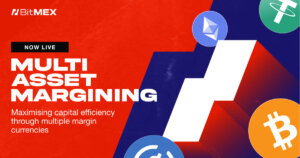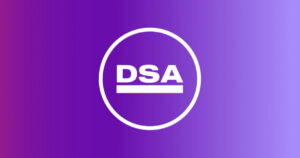 Data shows institutions, not retail, are driving crypto DeFi Adoption
Data shows institutions, not retail, are driving crypto DeFi Adoption Data shows institutions, not retail, are driving crypto DeFi Adoption
A new Chainalysis report has revealed that Institutional investor interest in DeFi has overtaken that of retail investors in Q2 2021.

Cover art/illustration via CryptoSlate. Image includes combined content which may include AI-generated content.
On-chain analysis firm Chainalysis has stated that the interest of institutional investors in decentralized finance (DeFi) apps and protocols have overtaken that of retail investors.
Institutional investors dominate Defi
According to the report, DeFi has recorded a terrific year and has enjoyed widespread user adoption and usage amongst crypto enthusiasts. However, institutional investors like hedge funds and banks played a major role in this adoption during this period as they disregarded the concerns “around DeFi’s safety and compliance obligations.”
Chainalysis continued that the burgeoning crypto space witnessed an influx of “large institutional transactions, meaning those above $10 million in USD, accounted for over 60% of DeFi transactions in Q2 2021, compared to under 50% for all cryptocurrency transactions.”
The report, quoting David Gogel, the Growth Lead at dydx, a popular DeFi protocol on cryptocurrency derivatives said countries like “the United States, China, Russia, and several Western European countries with high cryptocurrency adoption” were places where DeFi witnessed some of its most impressive growth.
DeFi, in the last 1 year has recorded tremendous growth. Per data from DeFi Pulse, the space has seen the total value locked (TVL) rise from as little as around $1 billion in 2020 to now having $90.86 billion as of today.
SEC growing interested in Defi
While it is no longer news that DeFi’s growth has been phenomenal in 2021, a leading US financial regulator, the Securities and Exchange Commission, has begun to torch some of the projects in the space recently.
A recent report from us revealed that the watchdog had launched an investigation into Uniswap, the largest decentralized exchange in the space. Though the commission refused to confirm this development, its chairman Gary Gensler had hinted that many platforms that claimed to be decentralized were actually “highly centralized” and as such, they could fall under its regulations.



 CoinGlass
CoinGlass  Arkham Intelligence
Arkham Intelligence 



















































































